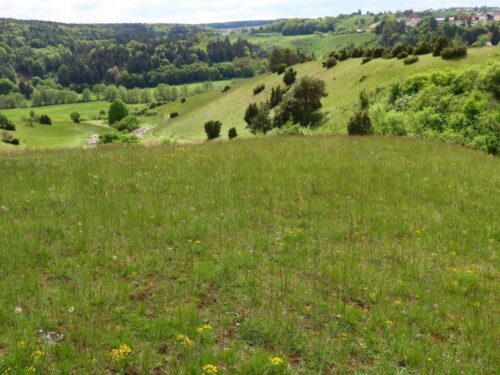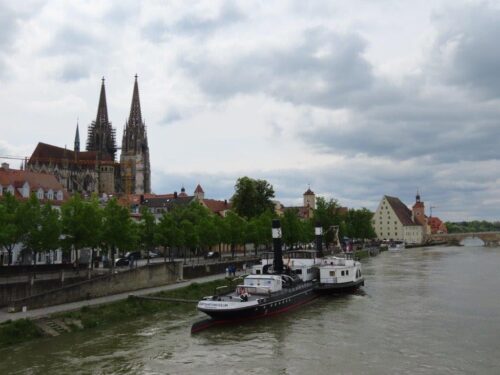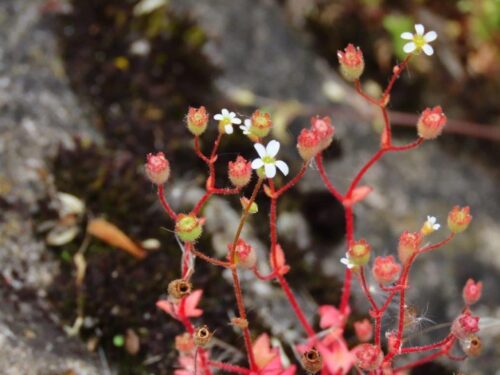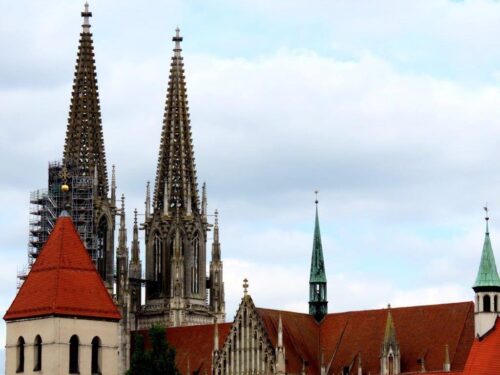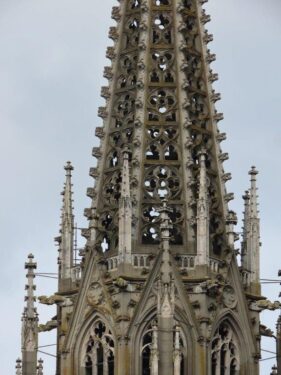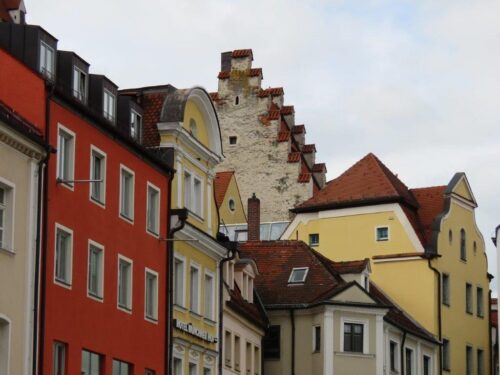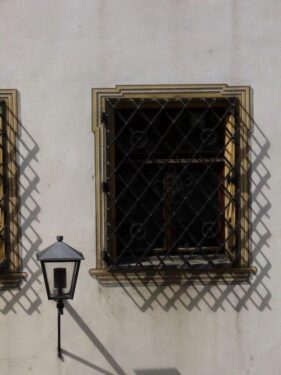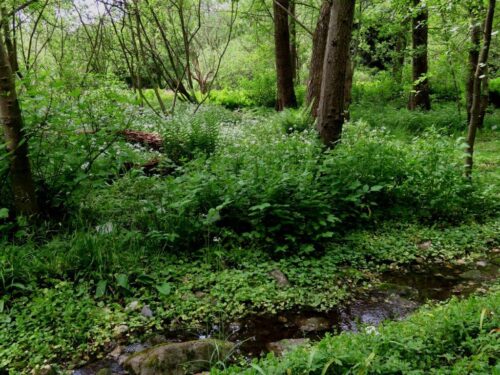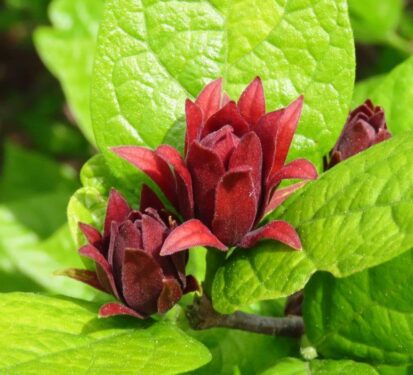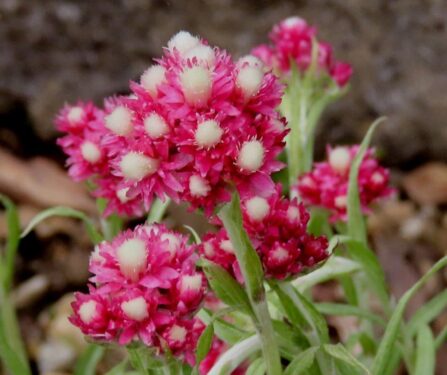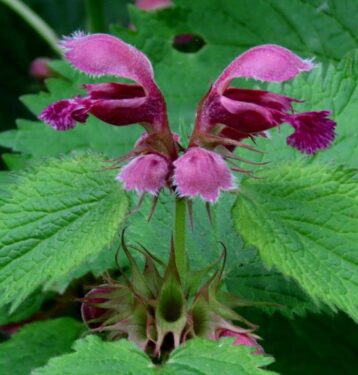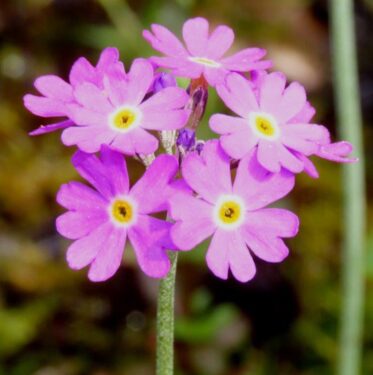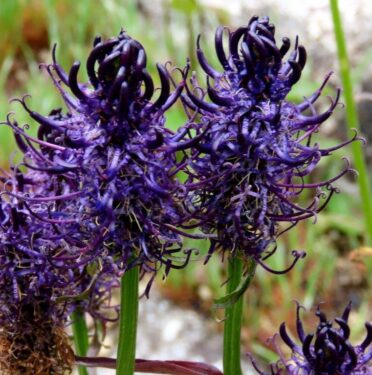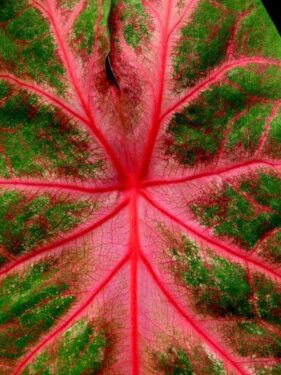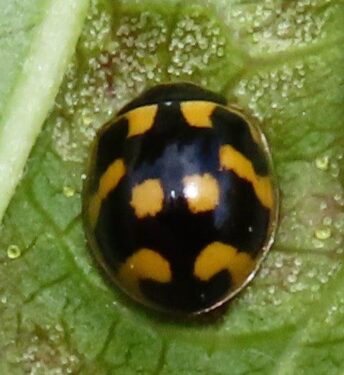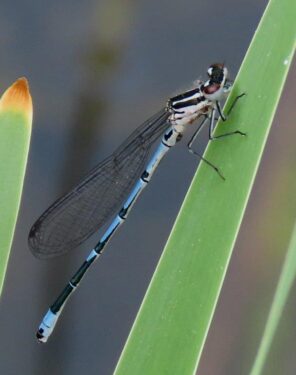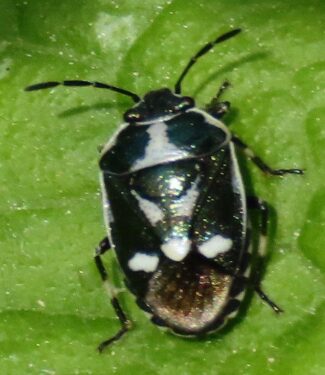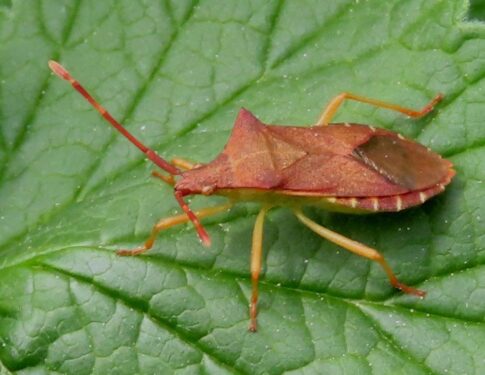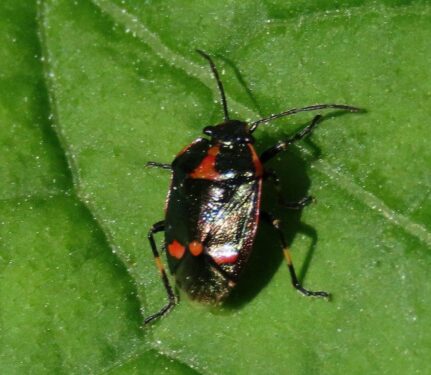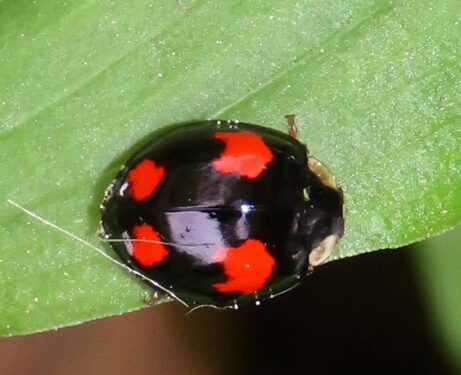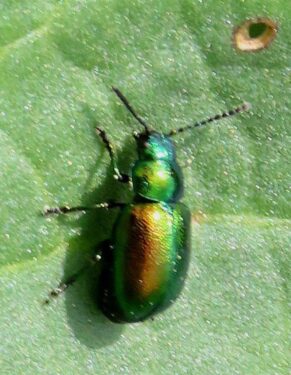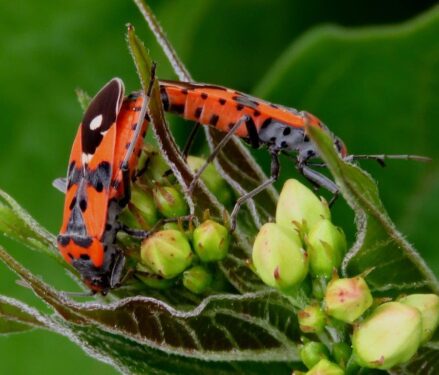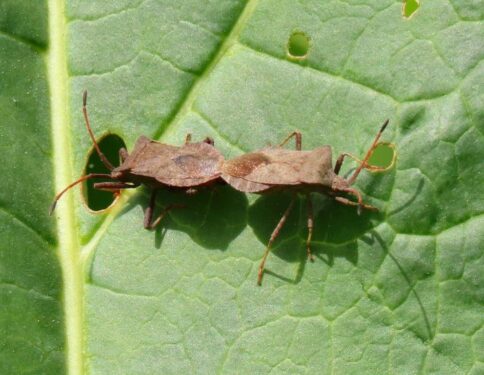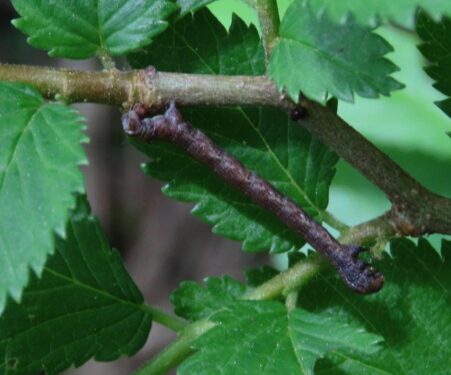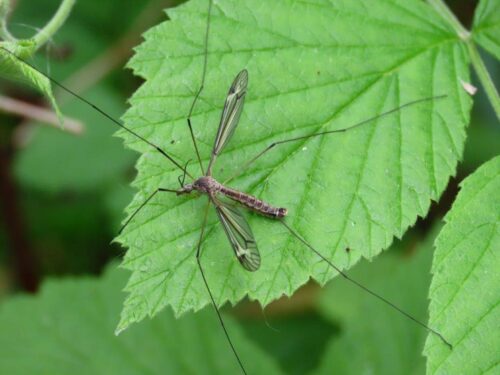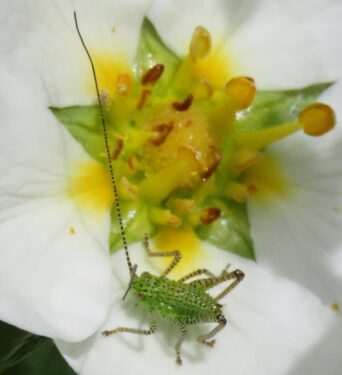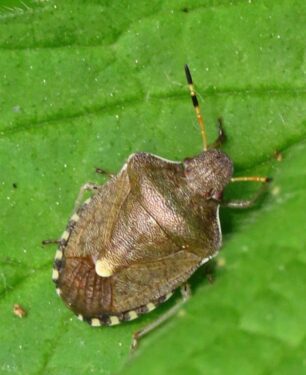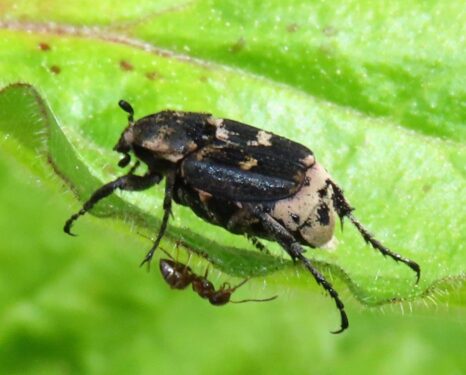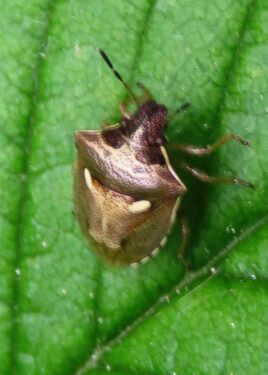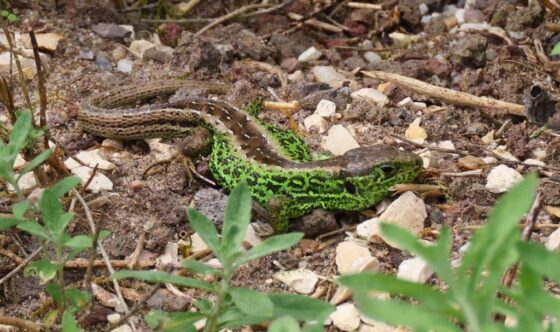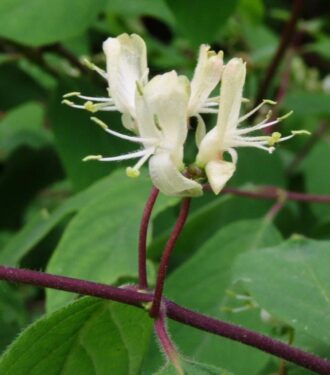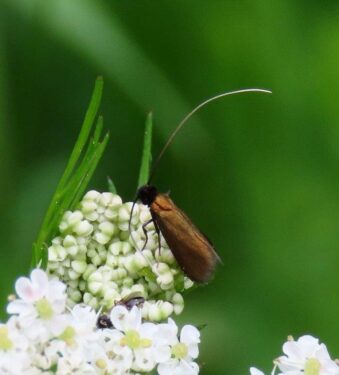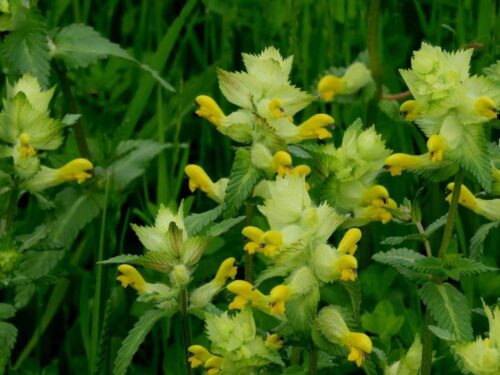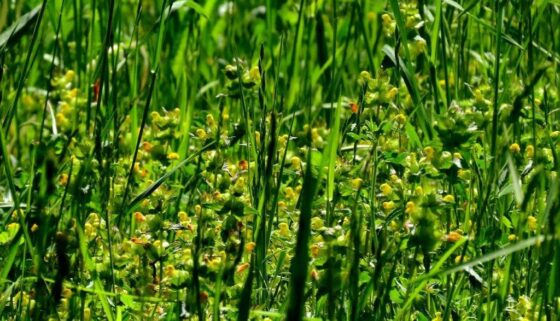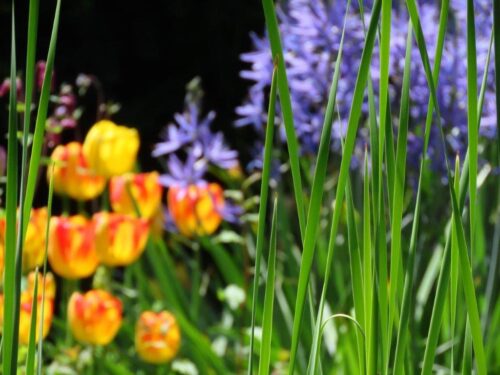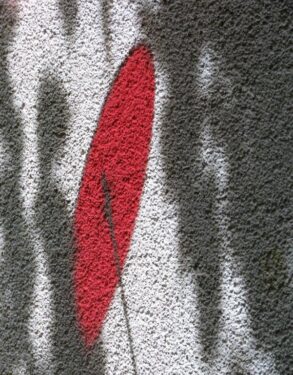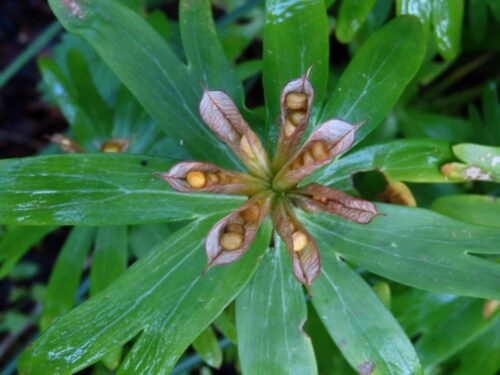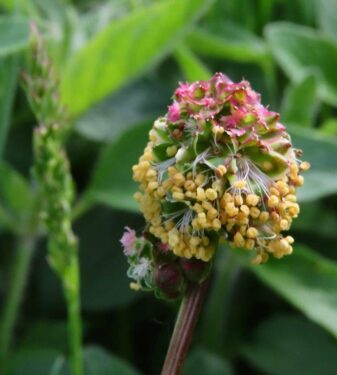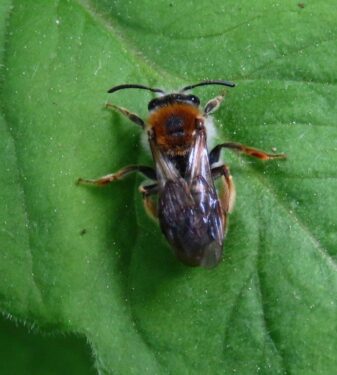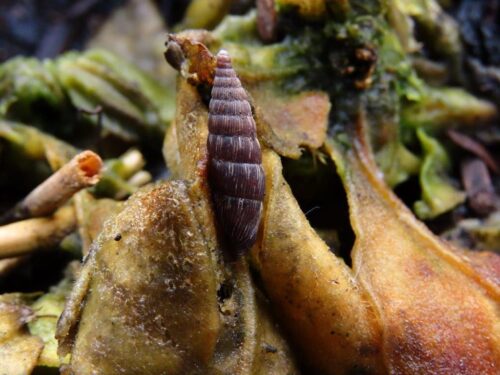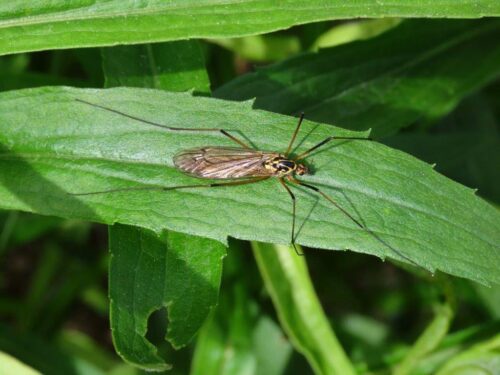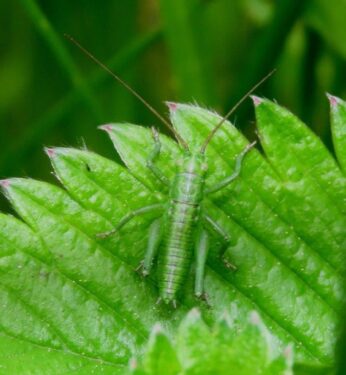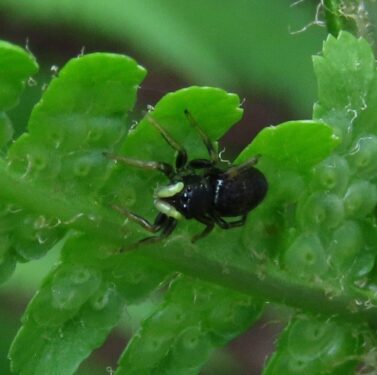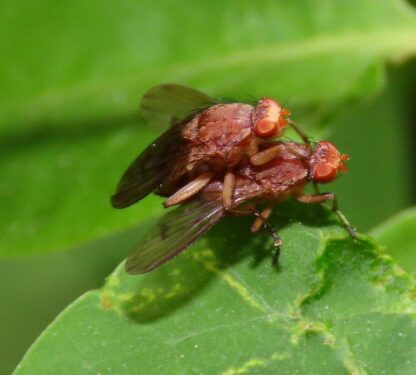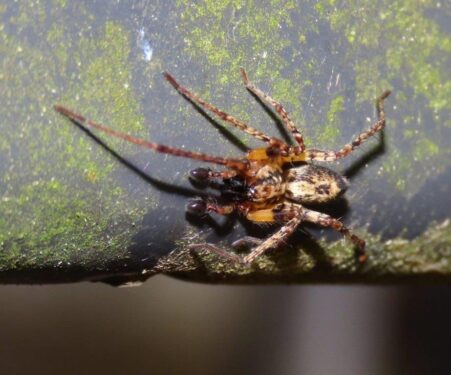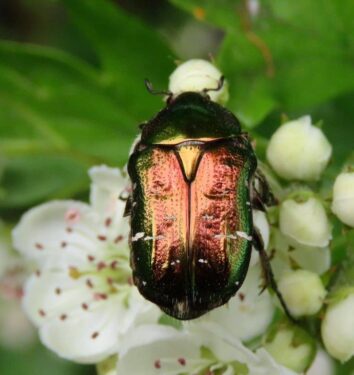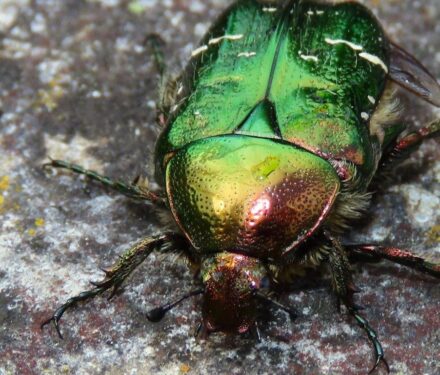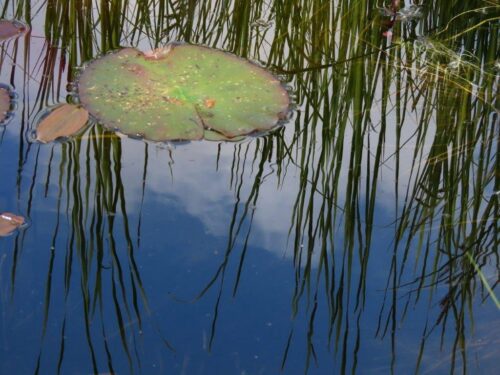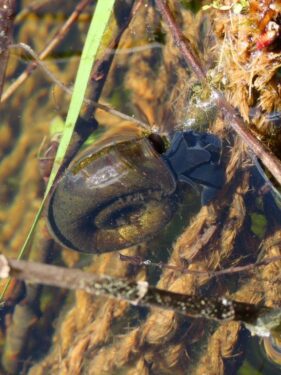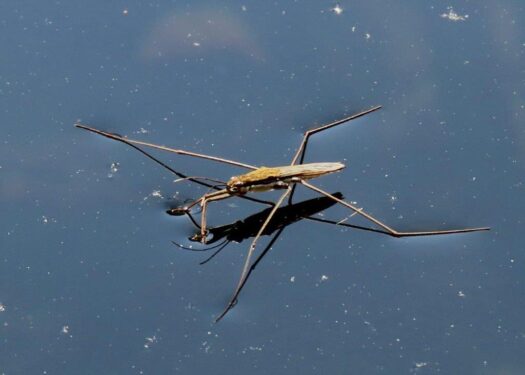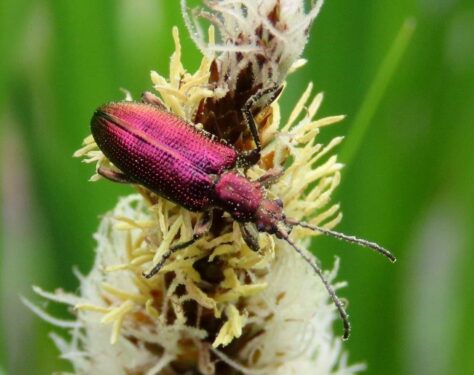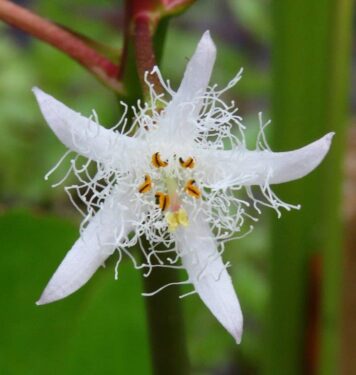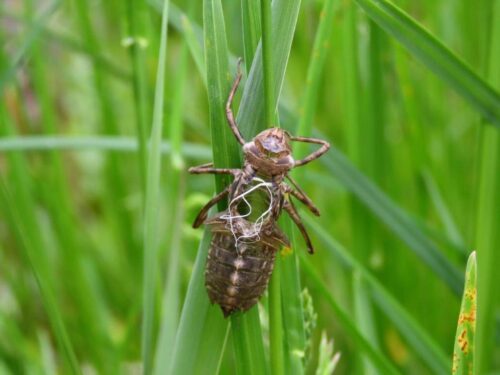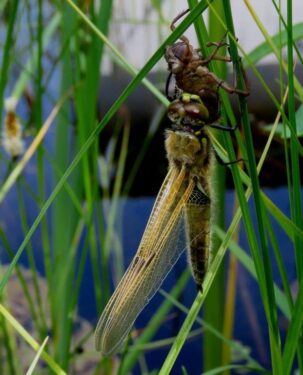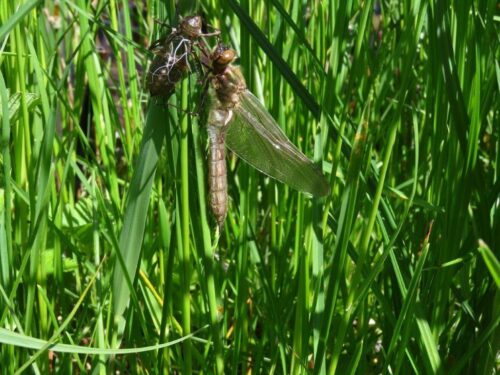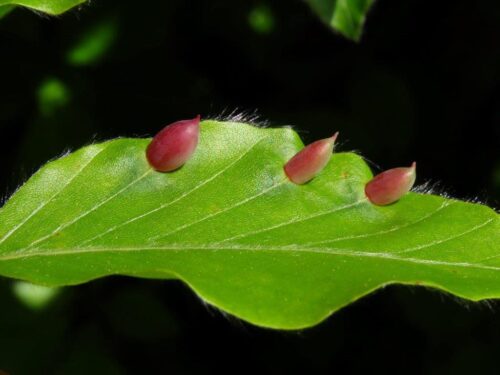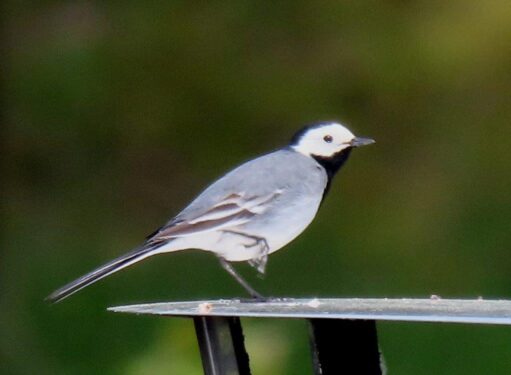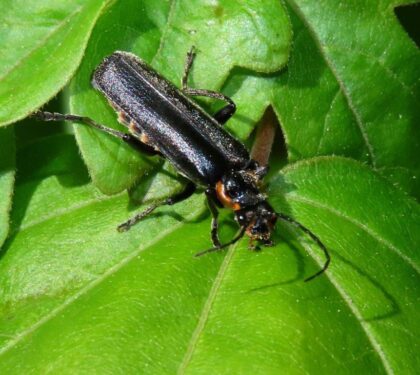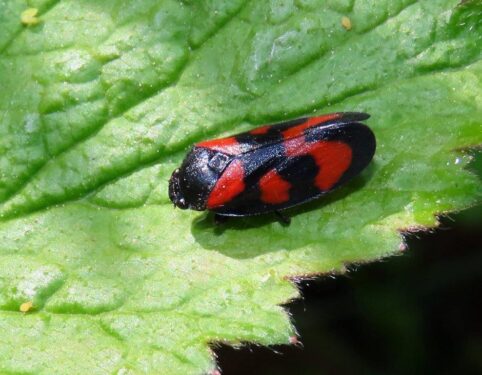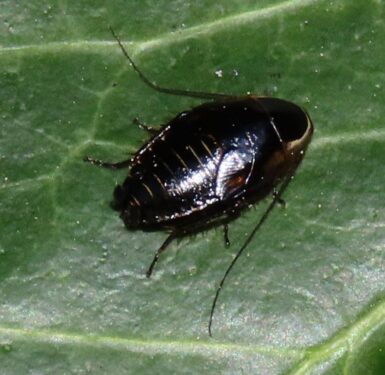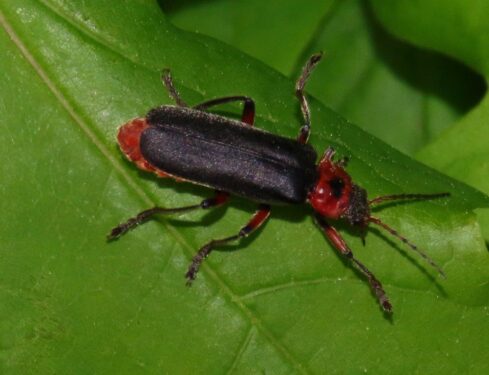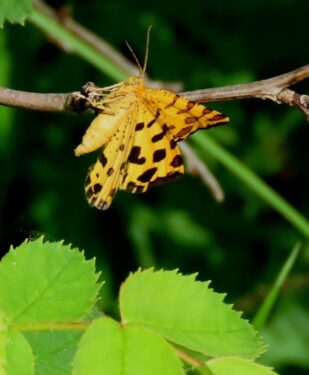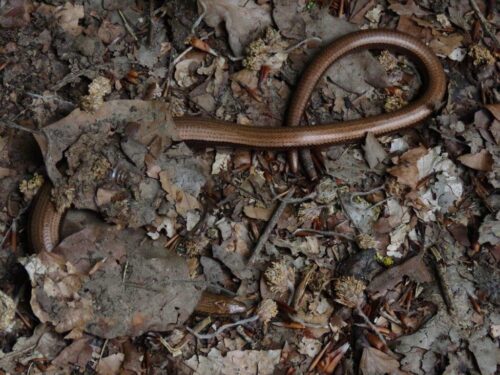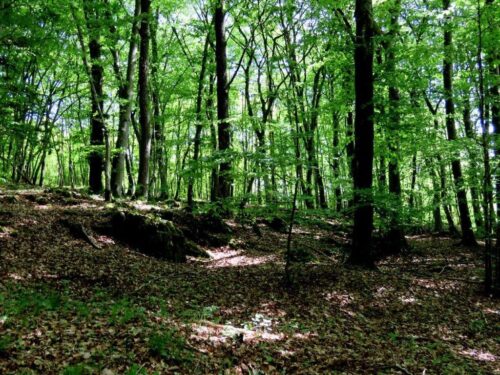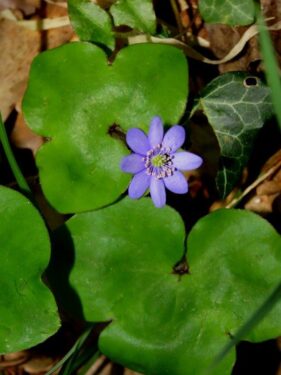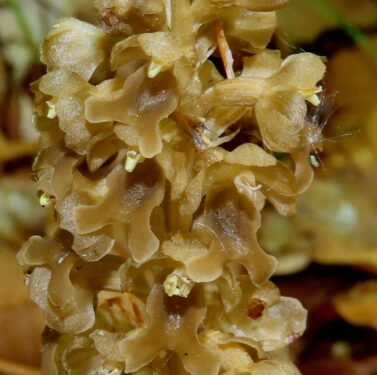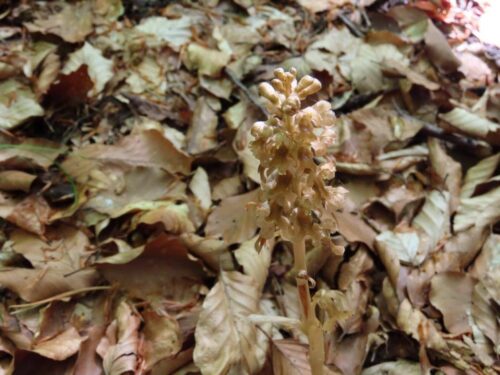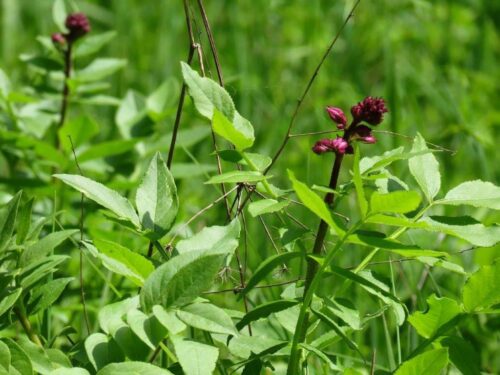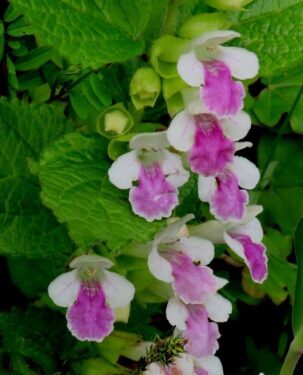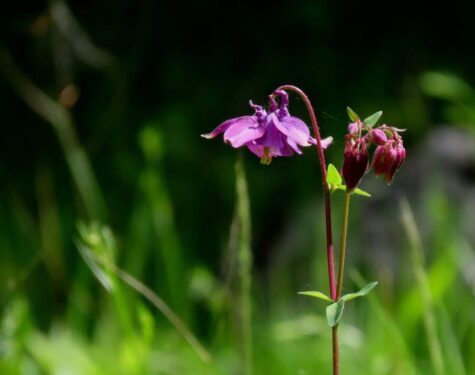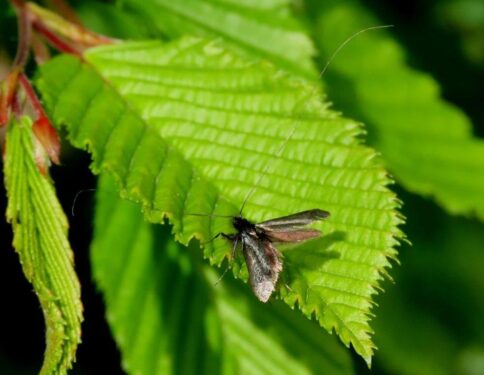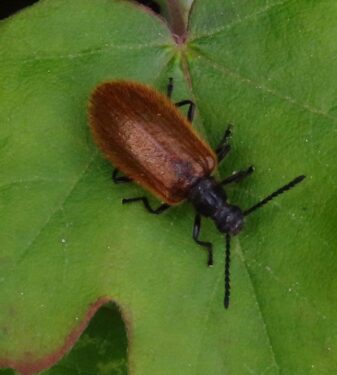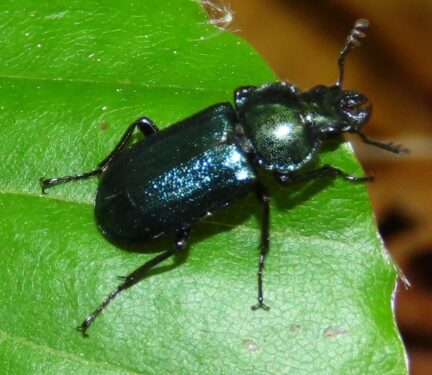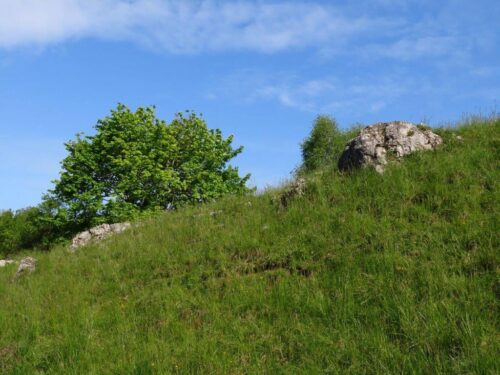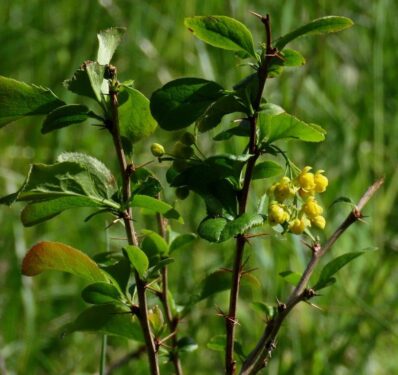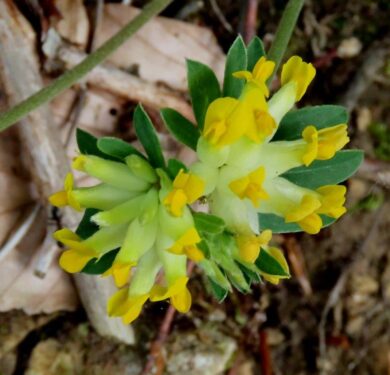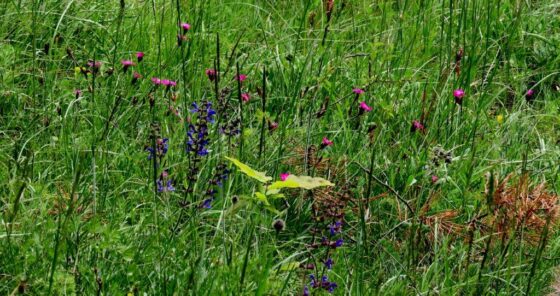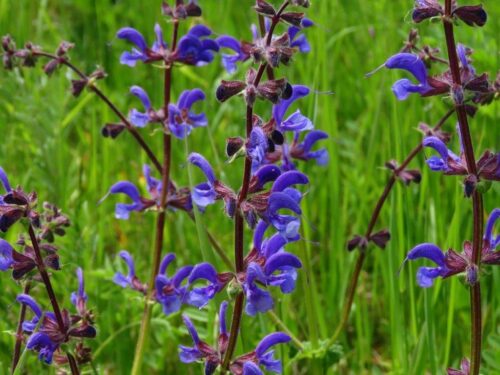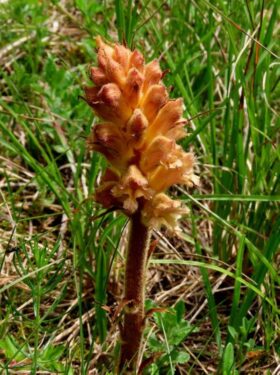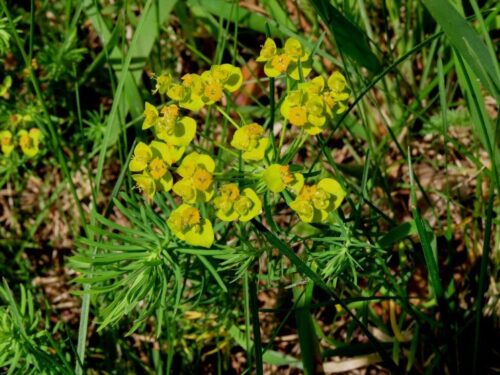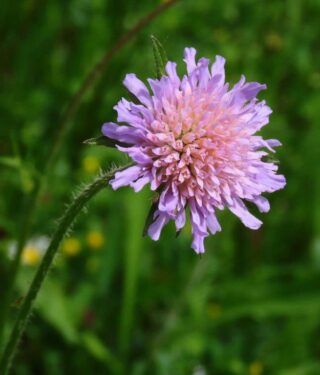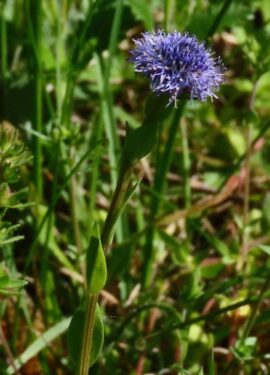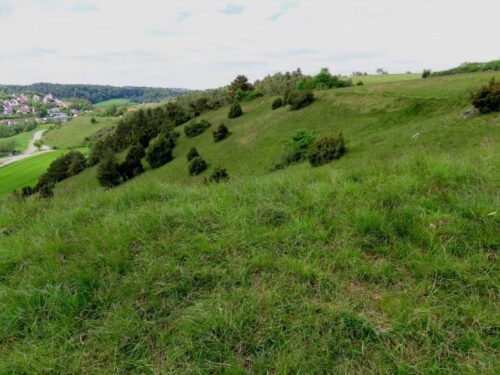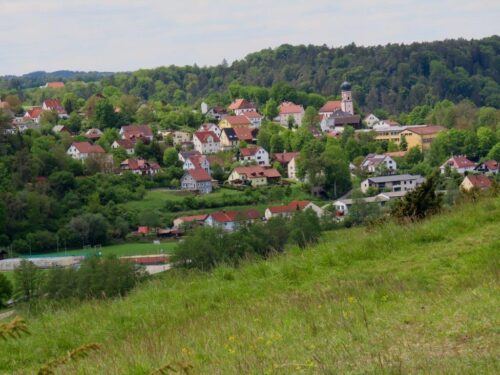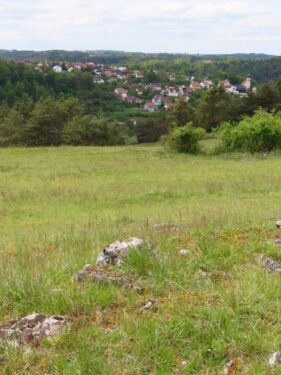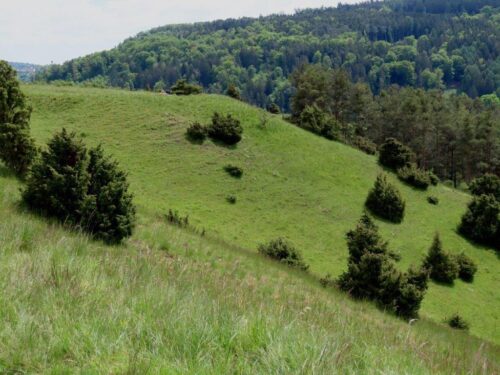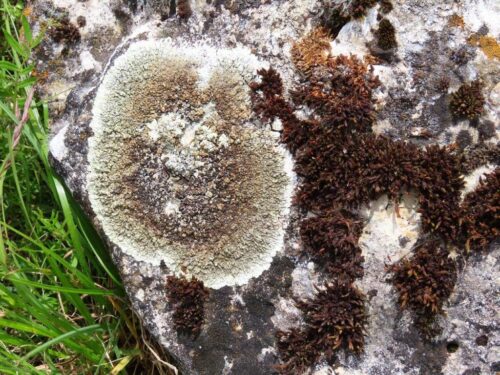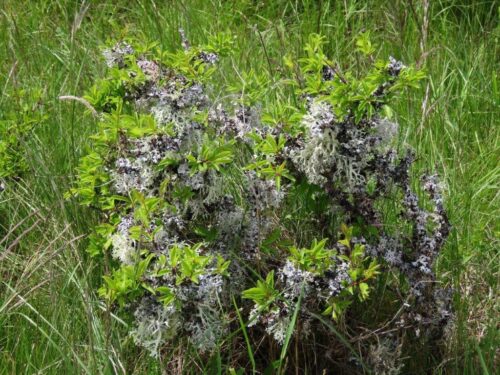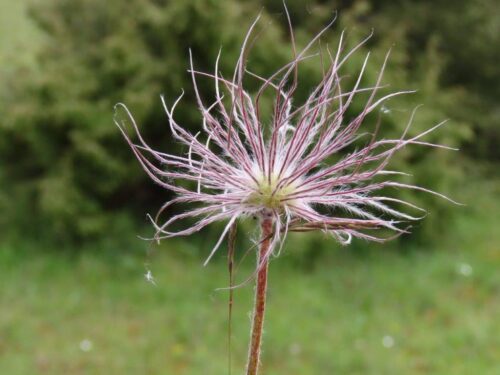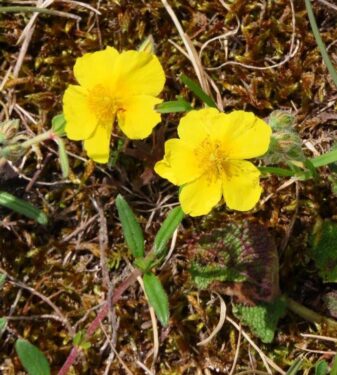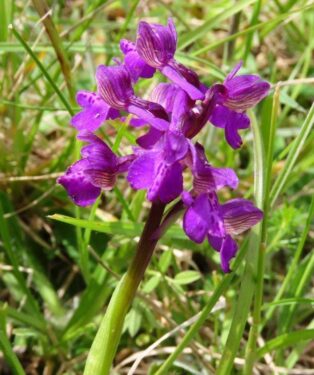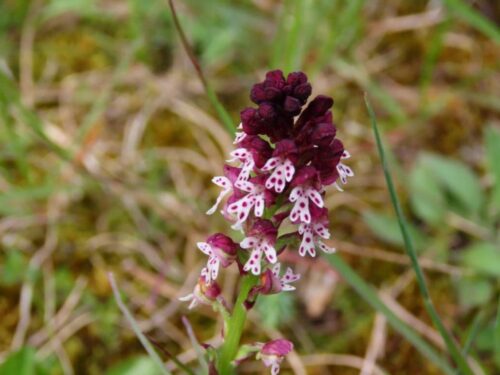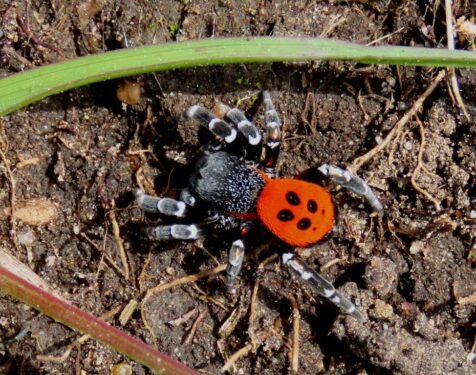The filling in our sandwich holiday was spent in and around Regensburg, a small city we have always loved, sitting at the northernmost reach of the Danube, here some 100m wide, its reinforced banks covered in Rue-leaved Saxifrage.
A World Heritage Site by virtue of its historic buildings, not reconstructed as it was little-bombed during the war, the architecture is very attractive: wherever you are, there are the distinctive open-lattice twin steeples of the cathedral.
Regensburg is also home to one of the very best botanic gardens I have ever seen. In its 4.5 hectares it has taxonomic beds, habitat beds, geographic beds, themed beds and greenhouses, so many interesting plants that it draws me back time and again. It is also impeccably labelled – nowhere else have I failed to find an error!
… and, as Spring turns into Summer, it is a super place to see a range of insects and other invertebrates, apart from butterflies, in common with the UK thus far this year.
Two particular insects stood out for us: first, the chafer Valgus hemipterus, which is a southern European species, but one which seems to be on the brink of colonising London, and second, the New Forest Shield-bug, a rarity in the UK restricted to that area and the Isle of Wight. Perhaps it is no coincidence that near to the latter we also found a basking Sand Lizard, a species whose UK heartland is also the New Forest and surrounding heaths.
Away from the historic centre of the city, new developments seem to have been well provided with, or integrated into, nature, with hedges of Fly Honeysuckle and hay meadows with Greater Yellow-rattle, among many other interesting species.
‘No Mow May’, as in Belgium, seems to be taking off as an idea (whether for the ecology or for saving money really isn’t important) but in the small village in which we stayed, there seems to be a clear majority in favour of ‘(over)tidy’. Fortunately my sister is not one of those, and her garden was simply teeming with wildlife.
The Drumming Spider (trying hard to beat a rhythm on a chair) and Rose Chafers were two of the highlights, photos of the latter being a near-casualty when it plunged into the pond, until rescued by Jude. They show two poses, and how the colour can change markedly with the angle of the light.
The pond is an absolute centrepiece to this garden, with all manner of life living in, on and around it, including both Smooth and Alpine Newts which didn’t want to be photographed.
Walking around the village was a sheer delight, especially when the weather eventually warmed up …
… while the surrounding Beech woods were home to Black Woodpeckers, Bird’s-nest Orchids and Hepatica…
… with clearings home to Burning Bush, Bastard Balm and Columbine, plus Orange Tips and a whole load of other insects.
The whole region has limestone underfoot, and even in the village bounds there are fragments of species-rich limestone grassland, with a huge diversity of plants and invertebrates alike:
But away from the settlements the limestone grassland is even more extensive, and richer, with Swallowtails and Common Blues, Yellowhammers and Skylarks, Burnt and Green-winged Orchids, Spring Gentians and Pasqueflowers, Juniper scrub, many other plants and insects ….
… and the undoubted natural highlight of our entire trip, a male Ladybird Spider, an almost-heart stopping sighting, in what is one of very few few localities in the whole of the country. Indeed, just as in Britain, this is a Red Data species in Germany, and although we didn’t know it at the time, we stumbled upon it in its main remaining locality. And on our wedding anniversary too!
